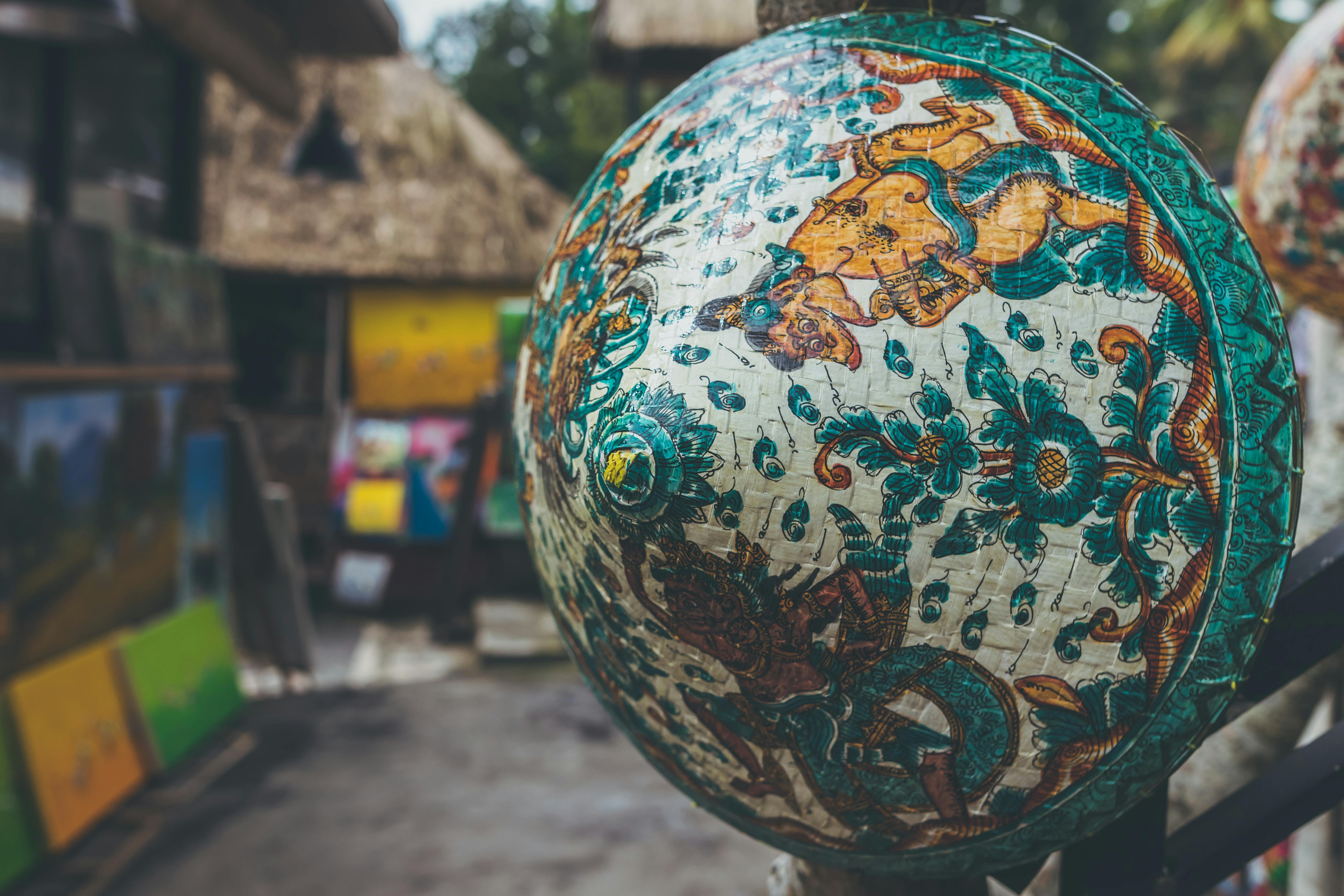Animal skin is one of the high-priced raw materials used in the production of high-end fashion products. The material has been used since time immemorial in human clothing. In recent times, inhumane practices in the fashion industry have come to the fore, including perceived cruelty to animals and the unethical breeding of animals for fur production.
Animal fur in fashion and growing awareness
According to many animal rights associations, almost a billion rabbits, 4 million foxes and 50 million mink are bred and slaughtered for the sole purpose of producing fur from these animals. The majority of activists around the world have described the practices of reproduction, breeding and slaughter as inhumane and barbaric. China has been the world’s largest exporter of animal fur and has been widely criticized for its alleged unethical slaughter of animals, including cats and dogs.
Animal skins have remained in popular culture and fashion; especially, in its use as a luxury textile. It is considered as a symbol of social and economic status due to its cost and rarity.
However, with the turn of the century, a lot of impetus is being given to the production of ethical and conscious clothing without animal cruelty on moral and ethical grounds for the sake of fashion.
After years of protesting the rampant use of animal fur in fashion, many animal rights activists have finally found some relief as many high-end fashion brands have gone fur-free. The move has been welcomed by authorities, activists, fashion industries and the general masses alike. Some of the leading names in fashion retail that have gone fur-free include Hugo Boss, Calvin Klein, Ralph Lauren, Tommy Hilfiger and Gucci.
Recent trends in the furless fashion revolution
Michael Kors, along with Jimmy Choo, is the latest fashion brand to adopt a no-fur policy. Net-a-Porter is a popular luxury online shopping portal that has announced a fur-free policy across all of its e-commerce platforms.
Several animal welfare groups around the world have done considerable work in this regard. These include Born Free USA, part of the Fur Free Alliance, PETA, and others.
One of the best examples of fur-free fashion is the popular London Fashion Week, which welcomed fur-free fashion onto its catwalk ramps. The event boasted that 86 percent of its shows featured completely fur-free fashion.
British designer and activist Stella McCartney presented her alternative fur label ‘Fur Free Fur’ with shag coats at the prestigious Paris Fashion Week.
The road ahead…
Despite the efforts of animal welfare groups around the world and fashion brands and retailers banding together to fight the threat, much work remains to be done in this regard. There are still many fashion retail brands that identify with the prolific use of real fur in their products. Companies like Fendi, Dior, Saint Laurent, Louis Vuitton, Canada Goose and Karl Lagerfeld need to further reassess their stance on this.
Human tissues have been evolving and fashion leads the way in bringing new trends and innovations to the industry. The use of alternative skins is one of the best alternatives, started by Stella McCartney. So, skinless designs are here to stay and it’s about time luxury fashion brands embrace ethical fashion forever.



